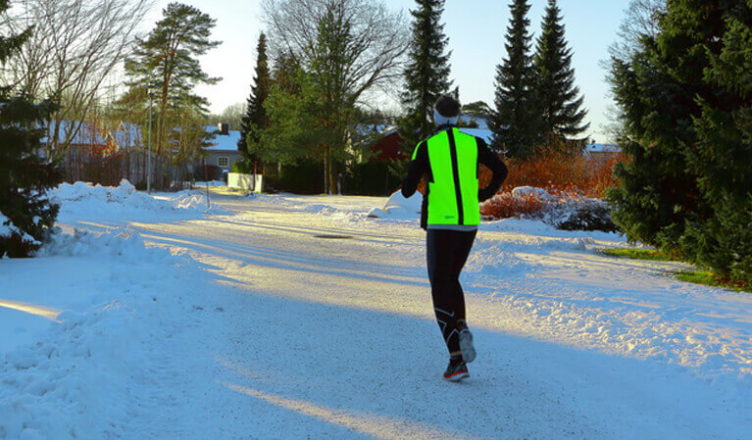The first weekend of this winter in the snow is over and there are confusion and hysteria on the roads. What is weird about it was when it was January. However, the drivers get confused in this weather, and then traffic accidents often occur. Pedestrians should also behave properly in the traffic industry.
“There should always be mutual consideration for both the driver and the pedestrian. The driver is supposed to approach the pedestrian crossing at such a speed that he can stop the vehicle and allow the pedestrian to cross the road safely, “explains Václav Irving from Besip and continues:” The driver is obliged to release the pedestrian and allow him to pass safely, but if the weather is outside and you run into the crossing, the driver is losing.”
Interestingly, children in schools adhere to these principles and, strangely, many children teach their parents and grandparents.
Furthermore, so-called eye contact is important. When the pedestrian contacted the driver and you already know the driver’s behavior, whether he is able or willing to stop. Also, a pedestrian standing at the crossing must give a signal that he is safely entering the pedestrian crossing. Of course, when he is at the transition, he has priority.
“Visibility is another very important factor in this period. It is getting dark soon and I would recommend that pedestrians walk on the roads sufficiently visible. This means that they are sufficiently visible on the roads,” he added.
When a walker walks in dark clothes, he is not visible. Everyone should not only observe the principle of seeing, but also be seen. “People complain that they don’t have the money to buy anything. But I don’t need money to see the money. An ordinary plastic bag is sufficient. In low visibility I’m in sight up to seventy meters, “he notes.
Reflective tapes are commonly available up to two hundred meters. Classically, however, just light dress or even shine a flashlight or flashlight. There are also plenty of clothes that already have reflective fabric elements.
What the drivers did not do much at the weekend is braking. At a speed of 50 km / h, it is necessary to brake about 25 meters. The stopping distance extends on wet, snowy and icy roads. On wet roads, it extends up to twice, on snow up to 5 times, and on-ice even up to 10 times, compared to braking on dry surfaces.
“Drivers think that if they have a car loaded, they will break at shorter distances. But the heavier the car, the longer the distance. With the car fully loaded, I stop on a significantly longer distance than with an unoccupied vehicle. We also point out that the passenger car has a shorter braking distance than the truck,” said Václav Irving.
